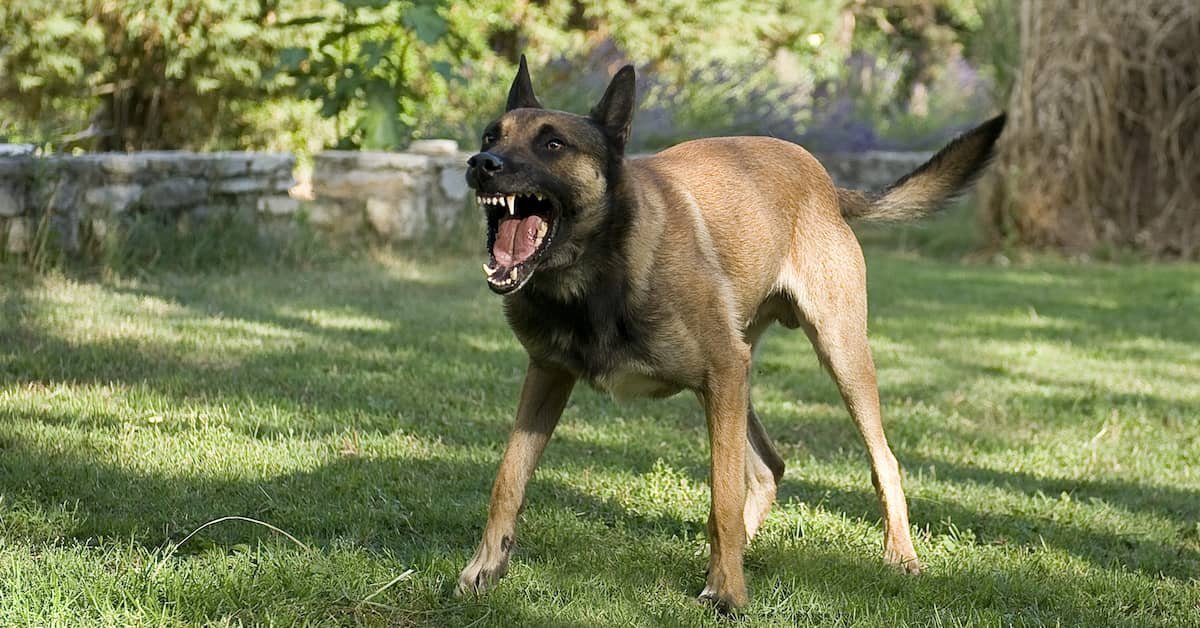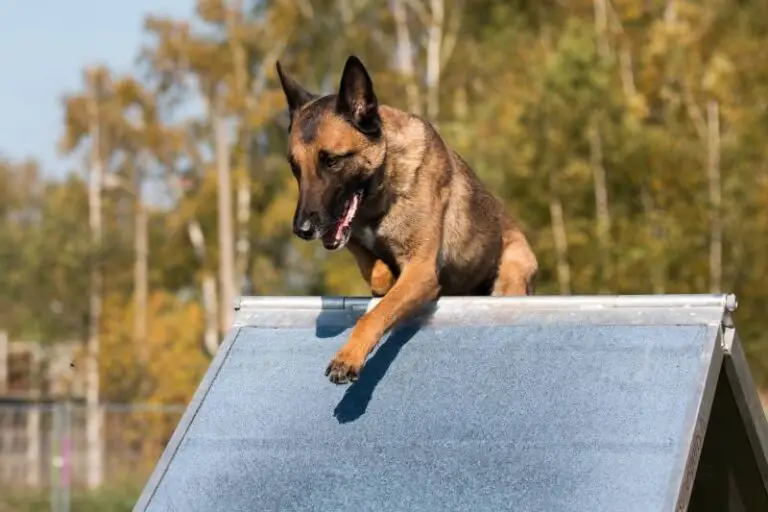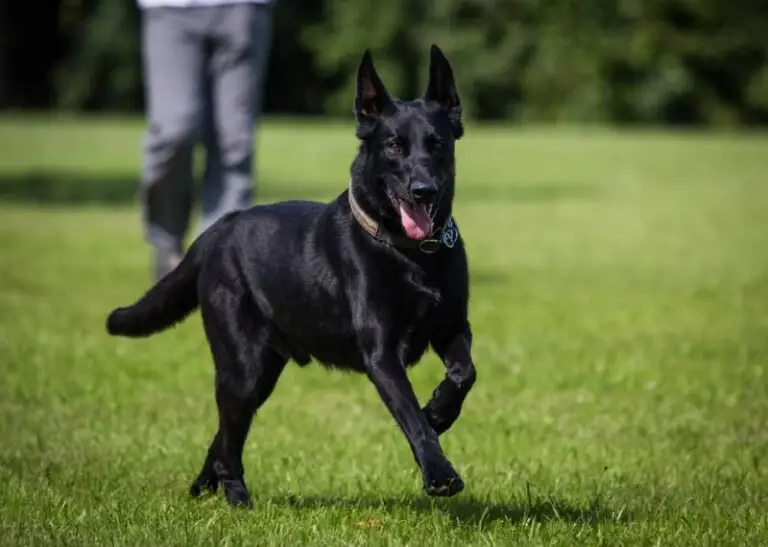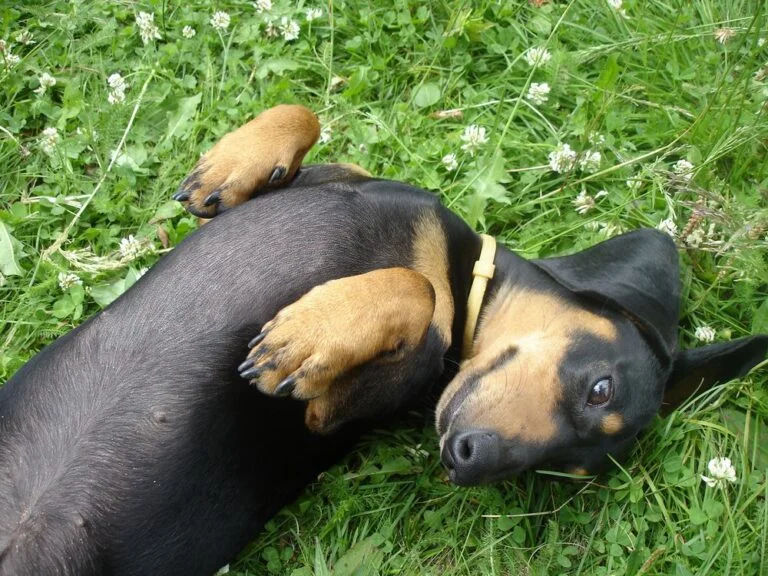The Bite Behind the Bark: How Strong is a Belgian Malinois Bite?
Intrigue surrounds the Belgian Malinois, a breed synonymous with intelligence, agility, and a reputable bite. A frequently raised query about this magnificent breed is: “How strong is a Belgian Malinois bite?” Before we delve into the specifics, it’s essential to gain a broader understanding of bite force and its relevance in the canine world.
Deciphering Canine Bite Strength
Bite strength isn’t merely about force. Several factors come together to create a dog’s unique bite signature.
Foundational Elements
- Skull & Jaw Design: Certain skull shapes, combined with jaw length and structure, contribute significantly to a dog’s bite potential.
- Jaw Musculature: Muscle mass and density in the jaw are direct indicators of potential bite force.
- Teeth Formation: A dog’s teeth, including their depth, alignment, and sharpness, play a role in the bite’s effectiveness, even if not directly influencing the force.
Belgian Malinois: A Bite Force Analysis
Contrasting with Other Breeds
To understand the Malinois’ bite, it’s instructive to see where they stand relative to other breeds.
- Rottweilers: Known for their mighty grip, their bite force can exceed 300 PSI.
- German Shepherds: Comparable to the Malinois, they usually record a bite strength around 240 PSI.
- Mastiffs: With a bite nearing 550 PSI, they almost double the Malinois’ force.
Unraveling the Bite Strength Numbers
The bite force of a Belgian Malinois lies between 195 to 240 PSI (Pounds per Square Inch). While this may sound abstract, when you consider that an average human’s bite force ranges from 120 to 140 PSI, the Malinois’ capabilities become notably clear.
Why Does the Belgian Malinois Bite Strength Matter?
Historical Context and Evolution
Originally bred for herding, the Malinois’ bite strength was crucial for managing livestock. Over time, their significant bite force, along with other traits, propelled them into police and military roles, proving indispensable in many security and protection tasks.
Contemporary Uses
Today, their bite strength remains an asset in many sectors. Whether it’s personal protection or specialized tasks in the military, the Belgian Malinois’ potent bite, combined with their agility, makes them a top pick for various roles.
Frequently Asked Questions
1. Can the Belgian Malinois’ bite be harmful to humans?
Considering their notable bite force, it’s vital they receive comprehensive training and socialization. With appropriate guidance, a Malinois can be a controlled, affectionate family member. Yet, like all dogs, they may resort to their bite when they feel threatened.
2. What are the steps to promote safety around a Belgian Malinois?
Early training, consistent socialization, and adopting positive reinforcement methods are essential. Ensuring they’re familiar with various environments and stimuli can also help reduce any potential aggression.
3. Is a strong bite directly related to a dog’s aggressiveness?
No. Bite strength is a physical trait, not necessarily an indicator of a dog’s temperament or aggressive tendencies. Factors like upbringing, training, and genetic predispositions play a more substantial role in determining behavior.
Concluding Thoughts
In addressing the focal point, “How strong is a Belgian Malinois bite?”, we find that this breed is undeniably equipped with an imposing bite force, making them stand tall amongst the canine elite. However, beyond the sheer numbers, it’s essential to understand and appreciate the Malinois for their holistic qualities – intelligence, loyalty, and dedication. When nurtured and trained correctly, they channel their innate strengths, including their bite, in ways that protect and serve.








